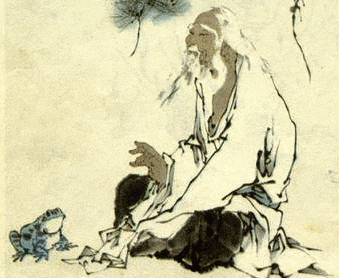Tag History of the Academy
by contributing editor Spencer J. Weinreich Quentin Skinner is a name to conjure with. A founder of the Cambridge School of the history of political thought. Former Regius Professor of History at the University of Cambridge. The author of seminal… Continue Reading →
by guest contributor Max Ridge “One of the most important things for radical critics to point to,” Marshall Berman writes in his first book, “is all the powerful feeling which the system tries to repress—in particular, every man’s sense of… Continue Reading →
by contributing editor Daniel London
by guest contributor Rob Koehler Like a lot of college students today, Daniel Tompkins (1774-1825) spent much of his four years at the newly named Columbia College [now University] writing essays. Foreshadowing his later political commitments as New York Governor… Continue Reading →
by guest contributor David Loner This past month I attended a symposium held at Lucy Cavendish College, Cambridge in memory of the Finnish logician and Cambridge professor of philosophy G.H. von Wright (1916-2003), who this June would have been 100…. Continue Reading →
by guest contributor Jamie Phillips At a meeting of the Society of Psychoneurologists-Materialists in Moscow in 1930, the Chairman of the Society, Aron Zalkind, appraised the current the state of their field in the Soviet Union, and spoke in particular… Continue Reading →


